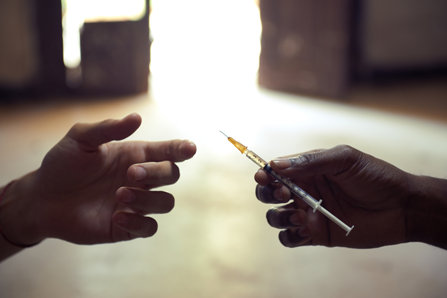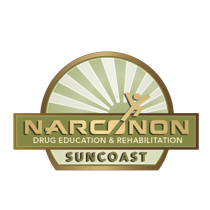Is the Needle Exchange a Good Idea?

The drug abuse crises have born nothing but pain, death, suffering, misery, overstuffed prisons and billions of dollars for the profiteers. The “war on drugs” and various attempts to handle the detritus and lost souls, has born many ideas, some workable, some not so workable.
One such idea is the needle exchange. Needle exchanges were created as far back as the 1970s, where addicts could obtain clean needles and properly dispose of used ones, to reduce the transmission of blood-born illnesses (https://en.wikipedia.org/wiki/Needle_exchange_programme).
Since then, there has been an ongoing debate over whether or not needle exchanges actually make the drug problem worse; by enabling drug users to keep using. When examining the facts, it seems as though needle exchanges offer an important social service that it protects society rather than harming it.
Needle exchange programs are a social service that allows IV drug addicts to obtain clean syringes legally and free of charge. The only requirement is that the addicts “exchange” their old, used needles for clean ones. The main idea behind Needle Exchange Programs (NEP’s) is based on the “harm reduction” philosophy, which states that if drug addicts are unable or unwilling to get help for their addiction, society should implement ways to reduce the risk caused by their behavior.
The National Institute of Health estimates that in the United States, between 15 and 20% of drug users have HIV and nearly 70% have Hepatitis C (https://en.wikipedia.org/wiki/Needle_exchange_programme). The Centers for Disease Control states that 1 in 5 new HIV infections and the vast majority of new Hepatitis C infections are caused by IV drug use (https://en.wikipedia.org/wiki/Needle_exchange_programme). With needle exchange programs in place, the hope is to reduce the transmission of these diseases.
There are two opposing positions when it comes to needle exchange programs. There are those who completely oppose needle exchange programs, believing it makes the country’s drug problem even worse by enabling addicts to keep getting high. Then there are those who totally support needle exchange programs and believe it offers a benefit to society.
Those who are against these programs don’t think society should make it any easier for IV drug addicts to get high. It is believed that they either need to get help or get locked up, but needles should never be made readily available because all it will do is totally enable addiction to continue.
A clinical trial on the needle exchange program was conducted in 2003 and concluded that these programs did not cause a rise in drug injection (Fisher DG, Fenaughty AM, Cagle HH, Wells RS (June 2003). “Needle exchange and injection drug use frequency: a randomized clinical trial”.) These findings were further supported by the United States Surgeon General, the Director of the National Institutes of Health and the Secretary of the Department of Health and Human Services (https://en.wikipedia.org/wiki/Needle_exchange_programme).
Another argument, when it comes to the needle exchange, is that the program is a complete failure. One of the main purposes of the needle exchange is to reduce the number of blood-born infections transmitted between users. One study showed new HIV infections increasing from 1-3% to 27% after the implementation of the needle exchange program. In 1988, the city of Vancouver started their needle exchange program.
According to one study:
“Seroconversion rates in addicts, 92 percent of whom use the exchange program, is now 18 percent. That means that out of 100 drug users who inject drugs, 18 will acquire H.I.V., the virus that causes AIDS.”
A study also showed that in Vancouver, 92% of addicts used the needle exchange program. Nearly 40% of them are HIV+ and had lent out their syringes in the last six months. It was also reported that, at the same time, 60% of HIV-addicts had borrowed syringes in the last six months. What this study showed was that even with the availability of clean syringes, needle sharing still occurs.
Since needle exchanges began, heroin use has been shown to increase concomitantly with the programs (http://www.nytimes.com/1997/10/19/nyregion/l-needle-exchange-programs-fail-to-deliver-benefits-645290.html). Drug dealers congregate in neighborhoods with needle exchange programs where drugs are sold and used right out in the open. This has caused a major deterioration of many areas with these programs; sidewalks become littered with bloody syringes, trash and other drug paraphernalia.
A stark reality is that addicts are going to use drugs no matter what; until they either go to drug rehab on their own self-determinism or are intervened on and coerced to get help. Not to mention, there is also a population of people who don’t have the insurance, assistance or finances to get help.
The idea behind the needle exchange program was to reduce new HIV and Hepatitis infections. Some studies show that these programs have been a success, while other studies have shown them to be a complete failure. If addicts are going to use drugs, should we, as a society, implement social service programs to make drug use easier for them? What’s the right solution?


